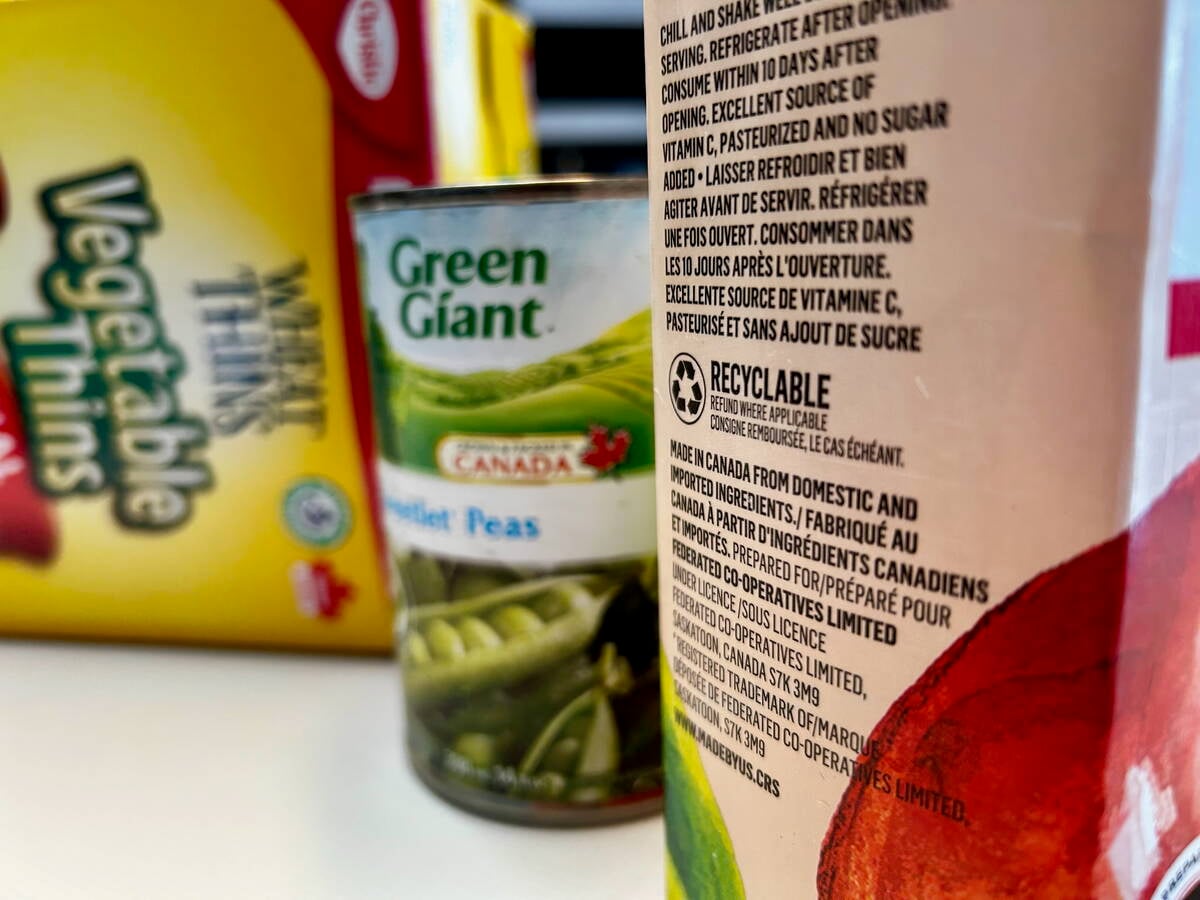Concrete floors are very hard on a cow’s hooves
Milk producers wanting to treat lameness in dairy cows could consider an old-fashioned solution to a perennial problem: put the cows out on pasture.
A University of British Columbia study has found that spending time on pasture, even for a short period, can significantly reduce lameness in dairy cattle.
Cows kept outdoors during the grazing season are also less prone to claw disorders than those housed indoors, the study concluded.
The findings hardly seem revolutionary. Years ago, dairy cows grazed on pasture much of the time, coming in once or twice a day for milking. Foot problems, although they occurred, usually weren’t a huge headache.
Read Also

Unclear food labels hinder Canada’s ‘buy local’ surge
“Maple-washing” on Canadian food packaging makes label claims hard to keep straight and hurts both farmers and consumers trying to buy Canadian, economist says.
But the advent of freestall dairy barns means cows these days increasingly spend most of their time indoors. Freestall housing systems, although designed for convenient management, create a greater risk of hoof injury and disease leading to lameness, according to the UBC study.
That’s because concrete floors in freestall barns are solid, wet, slippery and very hard on a cow’s hooves, said Dan Weary, a UBC animal science professor.
Their joints also suffer because cows in freestall barns tend to walk with a “stiff” gait to avoid slipping and falling.
The study found that lame cows on pasture improved their gait within four weeks. The greatest improvements came during the first two weeks of being outside.
The reason? Cows on pasture spend a lot of time walking in order to graze and return to the milk parlour. Walking on pasture is comfortable and helps sore feet to heal, said Weary.
Researchers expected cows on pasture to spend more time lying down than standing up. But they actually spent less time lying down than indoor cows, perhaps because they preferred to stand on a soft surface that soothed their feet.
Switching from indoor housing to pasture isn’t always practical for milk producers, Weary acknowledged. For that reason, UBC researchers are looking to develop indoor housing systems that provide similar benefits for lame cows.
Weary said freestall barns are designed to give cows a good place to feed and lie down. But there’s been little attention paid to providing them with comfortable places to stand.
Giving cows comfortable, dry places for standing would reduce lameness in freestallhoused dairy herds, he said.
Weary added pastures aren’t necessarily a silver bullet for curing lameness. Wet, uneven and stony pasture surfaces can only make the problem worse.
There’s also a practical aspect to consider. Canada’s climate simply doesn’t allow dairy herds to spend time outdoors for more than a few months a year, even in B. C., he said.
The B. C. dairy industry, Dairy Farmers of Canada and the Natural Sciences and Engineering Research Council of Canada (NSERC) helped fund the UBC study.














